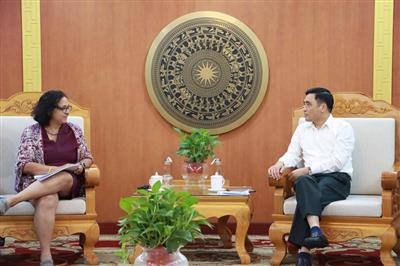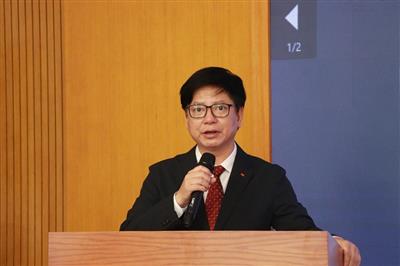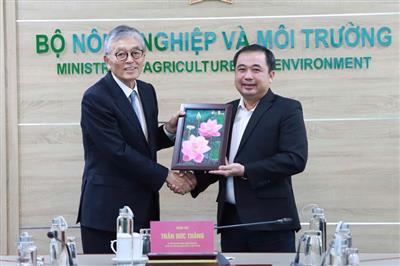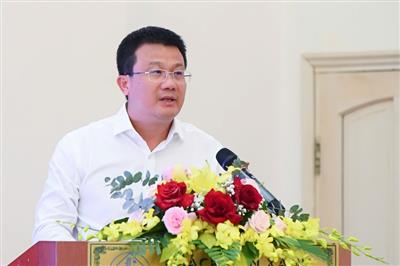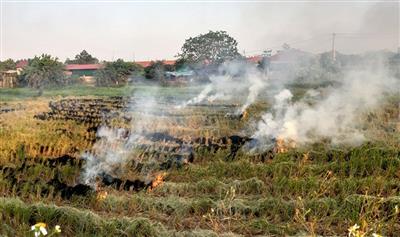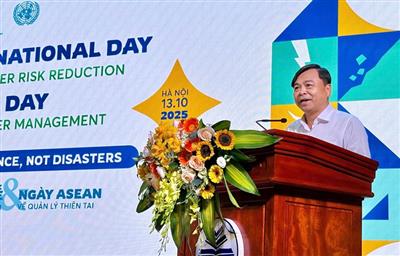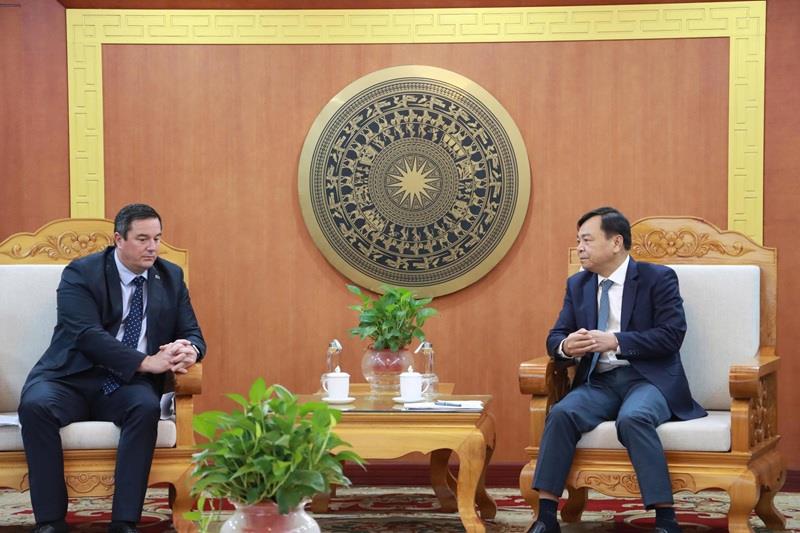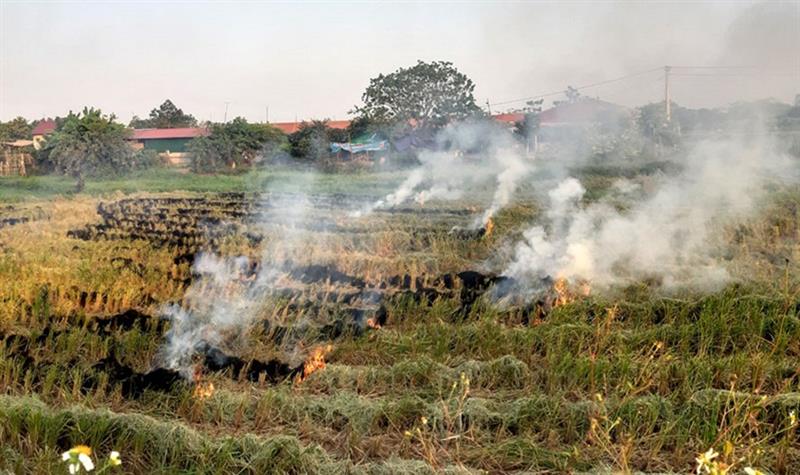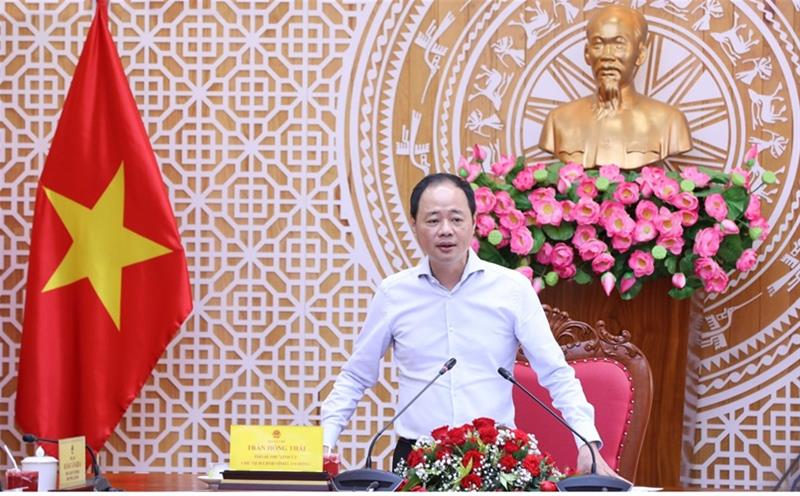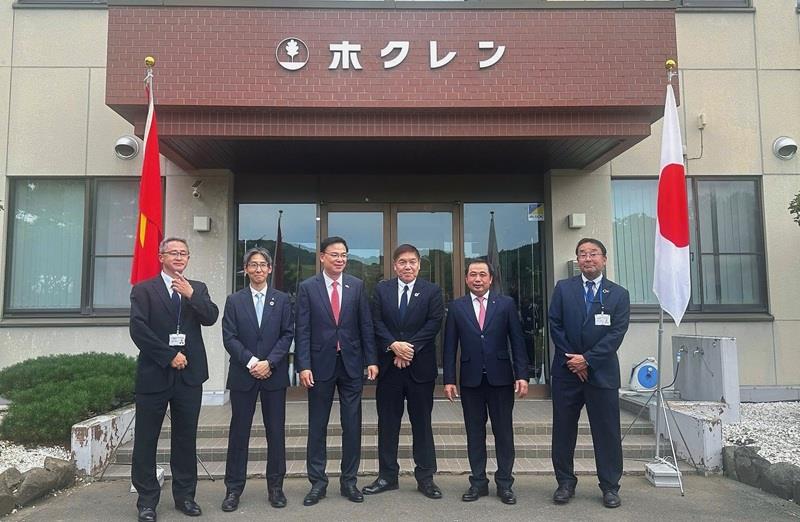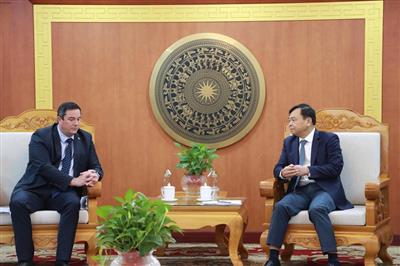
Vietnam at COP16: Advancing global commitments on biodiversity
04/03/2025TN&MTFrom February 25 to 27, 2025, the continuation session of the 16th Conference of the Parties to the Convention on Biological Diversity (COP16) took place in Rome, Italy, with the participation of the Vietnamese delegation led by the Ministry of Agriculture and Environment and the Ministry of Foreign Affairs. The conference focused on discussions regarding financial mechanisms, monitoring frameworks, and strategies for implementing the Kunming-Montreal Global Biodiversity Framework (KMGBF). Emphasizing the importance of international cooperation and resource mobilization, Vietnam reaffirmed its commitment to fulfilling global biodiversity commitments.
Promoting international cooperation and sustainable financial mechanisms
Originally scheduled to take place in Cali, Colombia, in late 2024, COP16 did not reach a consensus on several critical issues. As a result, the Rome session continued deliberations on financial strategies to bridge funding gaps, aiming to mobilize at least $200 billion annually by 2030. One of the key breakthroughs at the conference was the adoption of a comprehensive resource mobilization strategy, integrating public finance, private sector investment, and support from multilateral financial institutions.
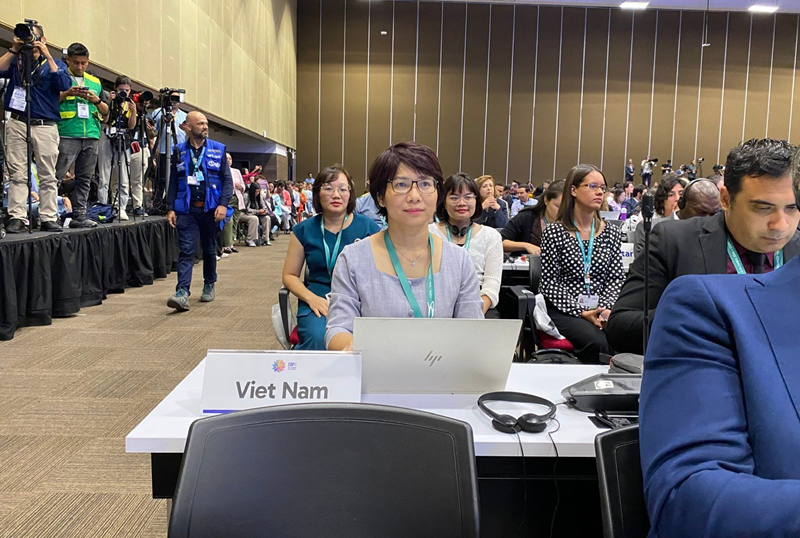
The Vietnamese delegation at the opening ceremony of the 16th Conference of the Convention on Biological Diversity in October 2024
Speaking on the sidelines of the conference, Dr. Hoang Thi Thanh Nhan, Deputy Director General of the Department of Nature Conservation and Biodiversity (Ministry of Agriculture and Environment), reaffirmed Vietnam's commitment to implementing its National Biodiversity Strategy to 2030, with a vision toward 2050. She also called on developed countries to enhance financial support and technology transfer to developing nations to ensure the effective implementation of the KMGBF. “Vietnam is steadily strengthening ecosystem protection and restoration while fostering public-private partnerships in biodiversity conservation. However, to achieve global targets, we need an equitable and sustainable financial mechanism that enables developing countries to access sufficient resources to fulfill their commitments,” Dr. Nhan emphasized.
Another major decision at COP16 was the establishment of the Planning, Monitoring, Reporting, and Review (PMRR) mechanism, which will track the progress of KMGBF implementation. Participating parties agreed on a set of indicators to assess national and global biodiversity commitments. Additionally, the conference reached agreements on cooperative mechanisms with other multilateral environmental agreements to enhance transparency and accountability in biodiversity management.
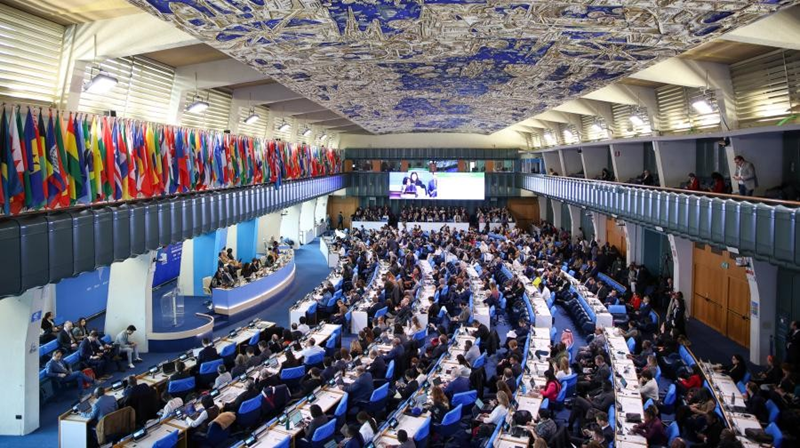
Overview of the Conference
A notable milestone at COP16 was the launch of the Cali Fund on February 26, 2025. This fund is designed to ensure the fair and equitable sharing of benefits derived from the use of Digital Sequence Information (DSI) on genetic resources. The Cali Fund will mobilize contributions from private sector entities utilizing genetic resource data, with a commitment to allocate at least 50% of its funding to support Indigenous and local communities—key stakeholders in biodiversity conservation.
COP16 President Susana Muhamad commended the negotiation efforts in Rome, highlighting that the consensus reached at the conference has laid a crucial foundation for the effective implementation of the KMGBF. “The working sessions in Rome have demonstrated the strong commitment of all parties in advancing the Global Biodiversity Framework. Only through cooperation can we achieve our goal of living in harmony with nature,” she emphasized.
With significant achievements made at COP16, this conference marked a new step forward in advancing global biodiversity conservation commitments. Vietnam, through its dedicated national strategies, continues to play an active role in protecting nature and promoting sustainable development, working alongside the international community toward a common goal: living in harmony with nature.
Vietnam's commitment to implementing the National Biodiversity Strategy to 2030, vision to 2050
The National Biodiversity Strategy to 2030, with a vision to 2050, was approved by the Prime Minister under Decision No. 149/QD-TTg on January 28, 2025. The strategy underscores that biodiversity conservation and sustainable use are key elements in green economic development, contributing to environmental protection, disaster risk reduction, and climate change adaptation. It aims to foster sustainable socio-economic development while ensuring the fair and equitable benefits of ecosystems for all stakeholders. Biodiversity conservation is not solely the responsibility of the state but requires collective efforts from organizations and individuals alike.
The strategy sets a target for 2030 to expand the area of protected and restored natural ecosystems, ensuring their integrity and connectivity. Specific goals include protecting 9% of the country's terrestrial area as nature reserves, designating 3–5% of the country's natural marine and coastal areas as protected zones, maintaining forest coverage at 42–43%, and restoring at least 20% of degraded natural ecosystems. Additionally, the strategy prioritizes the conservation of endangered wildlife species, especially rare and protected species, with a commitment to preventing further extinctions.
Looking ahead to 2050, the strategy envisions the effective conservation of critical natural ecosystems, the protection of rare genetic resources, and the enhancement of biodiversity values for socio-economic development. Biodiversity and ecosystem services will be comprehensively assessed and sustainably utilized to provide essential benefits to people, ensuring ecological security and the nation's sustainable development. Nature-based solutions will be integrated into resource management, disaster prevention, and climate change adaptation.
To effectively implement the strategy, the government has outlined several key tasks, including expanding and enhancing the management of natural heritage sites, nature reserves, and biodiversity corridors; restoring degraded critical ecosystems; strengthening genetic resource conservation and management; and promoting international cooperation and social engagement in conservation efforts. The Ministry of Natural Resources and Environment has been assigned to lead the coordination with relevant ministries, sectors, and local authorities to implement the strategy while also developing nationwide communication programs to raise public awareness on biodiversity conservation.
Ngoc Huyen


